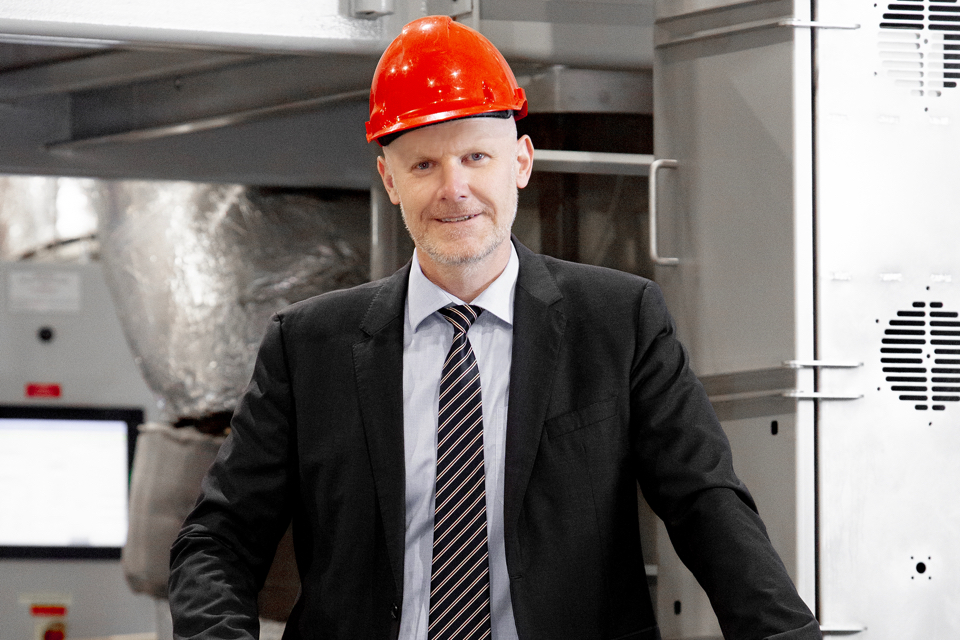After extensive research and development to explore how carbon capture and storage (CCS) can be developed and scaled in maritime, Wärtsilä says that CCS on ships is technically viable for the sector to pursue. To further accelerate development, Wärtsilä is installing a 1MW pilot plant at its test facility in Moss, Norway.
This pilot plant will allow Wärtsilä to test its CCS technologies in a range of scenarios and conditions.
Carbon capture and storage, enabled by scrubbers, must take a central role within the suite of solutions helping to drive decarbonisation in shipping, including alternative fuels and efficiency technologies, according to the engine manufacturer. As there is not only one single solution on shipping’s environmental impact, the sector must innovate broadly across multiple areas.
Building on scrubber technology
‘Building on the success of existing and well-proven technologies, such as scrubbers, will be vital to succeeding on the industry’s decarbonisation goals,’ says Sigurd Jenssen, Director Exhaust Treatment at Wärtsilä. ‘Exhaust gas abatement technologies have reached a point of maturity where it is only right that we explore their wider applications beyond sulphur compliance.’
Given the scale of the decarbonisation challenge ahead, Wärtsilä Exhaust Treatment believes there is no better place to focus the efforts than on the biggest emission of them all – carbon – and think about the ways that we can use what we have already learned from sulphur, both as an organisation and as an industry.
Jenssen adds: ‘CCS onboard vessels is clearly a substantial undertaking, but one that we believe we are well placed to pioneer. Carbon capture is exciting because it can provide significant reductions in a relatively short timeframe. This is important in the context of the industry’s overall decarbonisation transition, as it will enable us to safeguard existing assets as we move to a cleaner mode of operating.’
Also read: Wärtsilä to build hydrogen cruise ship engine for EU research project








